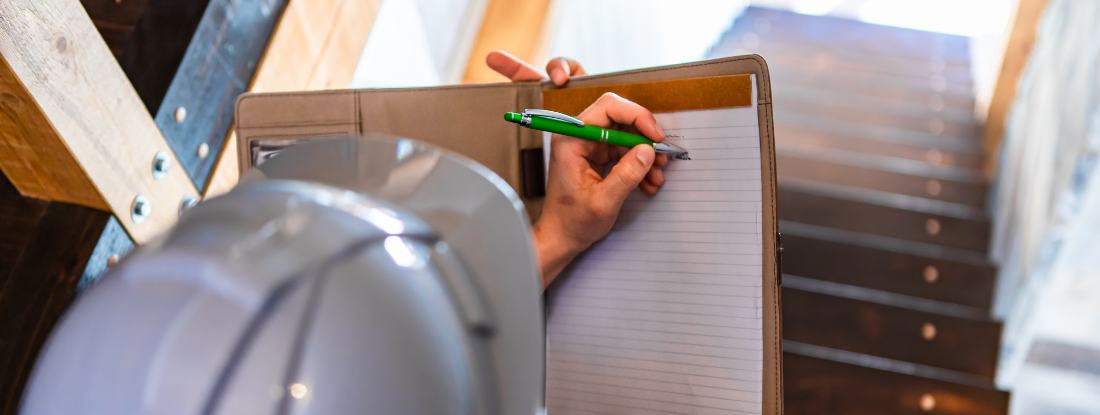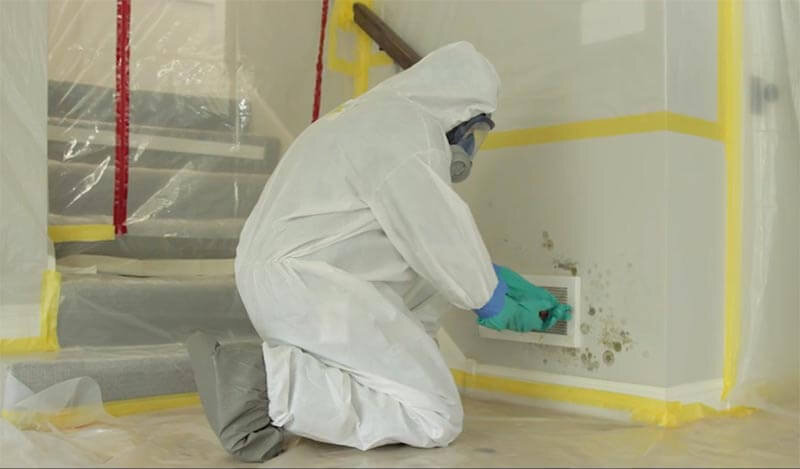Specialist Tips for Article Mold And Mildew Remediation Success
In the world of mold and mildew removal, successfully eliminating mold is only half the battle; the real obstacle lies in preventing its reappearance. By sticking to skilled tips and finest practices, people can safeguard their spaces versus mold rebirth and keep a healthy and balanced indoor setting.
Screen Moisture Degrees Consistently
After completing mold and mildew remediation treatments, keeping optimum moisture degrees is essential to protect against mold re-growth and make certain a healthy indoor atmosphere. High humidity degrees above 60% develop a conducive setting for mold and mildew to flourish, making routine monitoring a positive step to prevent any future mold and mildew problems.
Making use of hygrometers or moisture meters can help in precisely gauging moisture levels in different locations of the building. These tools give real-time information that enables remediation experts to make enlightened decisions pertaining to ventilation, dehumidification, and various other needed actions to keep ideal moisture degrees post-remediation. Furthermore, establishing a routine schedule for humidity checks, especially in high-risk areas such as kitchens, bathrooms, and cellars, is an aggressive approach to mold prevention. By consistently keeping an eye on humidity degrees, homeowner can properly mitigate the risk of mold reoccurrence and keep a healthy interior environment post-remediation.
Conduct Thorough Inspections Post-Remediation
Complying with the completion of mold and mildew remediation procedures, it is critical to perform comprehensive inspections to validate the efficiency of the removal process. These post-remediation assessments are critical in ensuring that the mold and mildew problem has actually been effectively dealt with and that there is no reappearance or continuing to be mold and mildew development. Evaluations need to be accomplished by qualified experts who have competence in recognizing mold and examining interior air top quality.
Throughout these examinations, various techniques such as aesthetic analyses, air sampling, and surface area tasting may be employed to completely assess the remediated areas. Aesthetic assessments include a comprehensive examination of the properties to inspect for any kind of noticeable signs of mold growth or water damages. Air tasting aids in identifying the airborne mold and mildew spore levels, while surface sampling can identify mold bits on surfaces.
Implement Correct Air Flow Techniques
After guaranteeing the efficiency of the mold and mildew remediation process through extensive evaluations, the following vital step is to concentrate on executing proper ventilation techniques. Appropriate ventilation is vital in avoiding mold reoccurrence by regulating dampness degrees and promoting air circulation.
Proper ventilation not just aids in avoiding mold and mildew development but additionally contributes to the overall wellness and convenience of owners. By making sure appropriate air flow throughout the residential or commercial property, you can minimize the risk click this site of mold and mildew regrowth and create a much healthier living environment.

Usage Mold-Resistant Products for Repair Works
To boost the long-term effectiveness of mold and mildew removal efforts, including mold-resistant products for repair services is important in alleviating the risk of future mold development. Mold-resistant materials are designed to hold up against moisture and inhibit mold and mildew growth, making them a vital option for locations prone to dampness and moisture. When fixing areas influenced by mold, using products such as mold-resistant drywall, mold-resistant paints, and mold-resistant caulking can aid stop mold and mildew recurrence.
Mold-resistant drywall is a superb choice to conventional drywall in locations like basements and bathrooms where moisture levels are greater. When subjected to damp problems, this type of drywall has a special covering that withstands mold and mildew development also. Furthermore, utilizing mold-resistant paints having antimicrobial agents can further inhibit mold and mildew advancement on wall surfaces and ceilings.
In areas where dampness is usual, such as kitchen areas and shower rooms, making use of mold-resistant caulking around sinks, tubs, and windows can aid secure out water and stop mold and mildew from taking hold in splits and holes. By purchasing these mold-resistant materials during repair work post-remediation, you can significantly lower the likelihood of future mold concerns and preserve a much healthier interior setting.
Maintain Cleanliness and Address Water Issues
Ensuring tidiness and immediately resolving water problems are essential techniques to support in protecting interior spaces from mold reinfestation. After mold and mildew remediation, it is essential to keep a tidy setting to prevent the regrowth of mold and mildew (Post remediation mold testing here near me). Routine cleaning, cleaning, and vacuuming can help get rid of any type of remaining mold spores and prevent them from proliferating and clearing up. Furthermore, keeping interior spaces completely dry and resolving any kind of water concerns promptly is important in mold and mildew avoidance. Leakages, water intrusion, or high humidity levels can develop the best breeding place for mold and mildew, so it is important to deal with any kind of water-related problems instantly.
To maintain sanitation, take into consideration using HEPA filters in vacuums and air purifiers to catch mold spores and avoid their blood circulation in the air. Furthermore, making sure proper air flow in areas susceptible to moisture accumulation, such as kitchens and bathrooms, can assist keep humidity levels in check. By remaining attentive regarding tidiness and my explanation resolving water concerns immediately, you can successfully prevent mold and mildew reinfestation and preserve a healthy and balanced indoor environment.
Final Thought

In the realm of mold removal, effectively eliminating mold and mildew is just half the battle; the real obstacle exists in avoiding its reappearance. After finishing mold remediation treatments, preserving optimum moisture degrees is essential to protect against mold and mildew re-growth and ensure a healthy indoor setting. High moisture degrees over 60% produce a helpful environment for mold and mildew to thrive, making routine keeping an eye on an aggressive procedure to prevent any type of future mold issues.
To enhance the long-term effectiveness of mold and mildew removal initiatives, incorporating mold-resistant materials for repair work is important in minimizing the threat of future mold development. After mold and mildew removal, it is critical to maintain a tidy setting to prevent the regrowth of mold and mildew.
Comments on “Testing Air Quality After Mold Remediation”